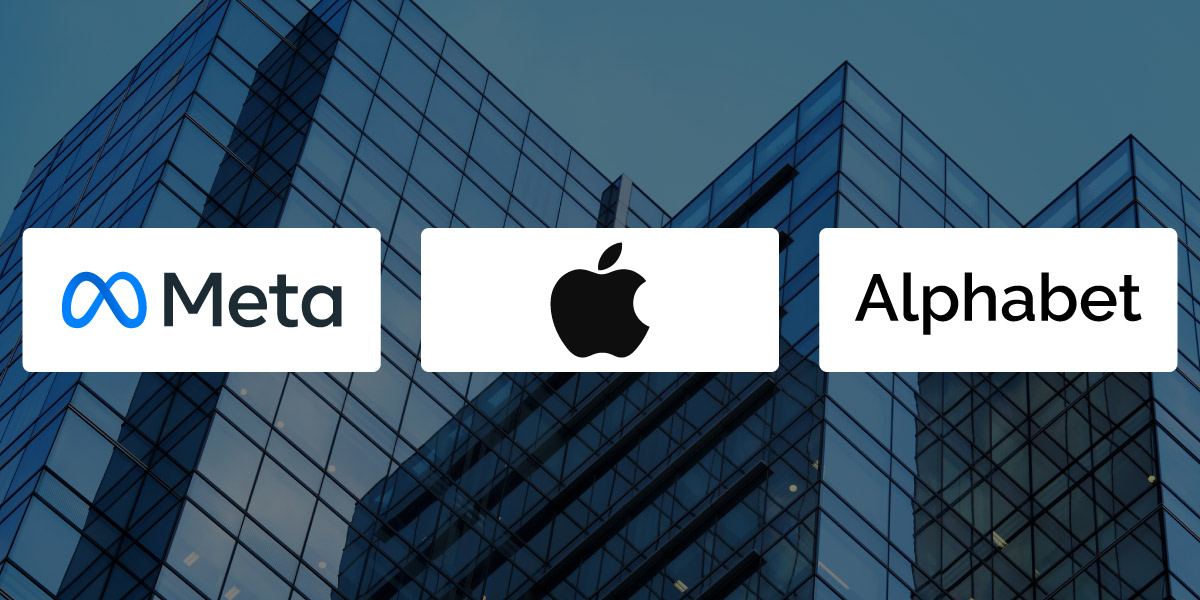
More on News
PM Modi Discusses Role of Technology in Agriculture, Education, and Health with Bill Gates
-
Team Eela
What is FlowGPT? Before delving into a comprehensive analysis of FlowGPT, it is imperative to understand its origins and highlight the significance it holds today. The widespread adoption of generative AI (GenAI) is evident, as numerous organizations incorporate this advanced technology into various business functions. A disruptive transformation is anticipated within the next two to three years.
GenAI models can generate innovative content such as text, images, audio, and video based on user input as well as capable of finding applications in entertainment, education, business, and art.
Nevertheless, utilizing and accessing these models can pose challenges, particularly for those lacking coding or AI familiarity. Furthermore, most existing platforms offering generative AI models are confined to specific providers like OpenAI, Google, or Meta.
Enter FlowGPT, a novel platform designed to enhance accessibility to GenAI. FlowGPT empowers users to effortlessly create applications using any preferred generative AI model and share them in the public domain. Users can also explore and utilize apps created by others, providing feedback or advice to the creators.
FlowGPT isn’t just a place to find generative AI apps; it’s an ecosystem that links creators, users, and models. Co-founder Jay Dang says it offers several easy creation and infrastructure tools for designing and deploying apps, along with a community of GenAI fans to explore and enjoy the apps.
Unlike platforms that limit users to one source of generative AI models like OpenAI’s GPT Store, FlowGPT supports multiple sources such as Google’s Gemini, Anthropic’s Claude, Meta’s Llama 2, and OpenAI’s DALL-E 3. Users can pick the model that fits their app’s style and purpose and switch between them as needed.
FlowGPT has a user-friendly interface resembling a chat window. Users can engage with GenAI apps by typing messages and getting responses from the models. They can also rate apps, share their chats, or give tips to creators.
Each app has a description that explains its function and the model it uses. Users can also see each app’s creation date, usage count, and popularity.
FlowGPT apps are tools that direct models to create specific types of content. For instance, the “Scared Girl in the Horror Movie” app prompts ChatGPT to craft a horror story with a scared girl as the main character. “TitleTuner” asks ChatGPT to improve article headlines for SEO, while “SchoolGPT” uses ChatGPT to solve academic problems with detailed explanations.
FlowGPT offers several advantages for both creators and users of generative AI apps.
For creators, it provides:
For users, it provides:
FlowGPT also has a few challenges and limitations like any other AI model. One main challenge is ensuring app and model quality and reliability. Since it’s an open platform, anyone can create and list their apps, which might not always meet users’ needs or expectations. Additionally, generative AI models aren’t flawless and may produce inaccurate, inappropriate, or nonsensical content based on input and context.
Another challenge is maintaining the security and privacy of the users. While FlowGPT doesn’t store or share personal information, it does enable users to share their conversations in public that may contain sensitive data. Hence, users and creators should be cautious about what they reveal or disclose during interactions.
FlowGPT stands out in the generative AI landscape by fostering an open and collaborative ecosystem. It empowers both creators and users, offering a platform to explore, create, and share innovative AI applications. While challenges like content quality and user privacy remain, FlowGPT represents a significant step toward democratizing generative AI. As the platform matures and the community grows, we can expect even more exciting possibilities to emerge in the realm of AI-powered creativity and exploration.

More on News

More on News